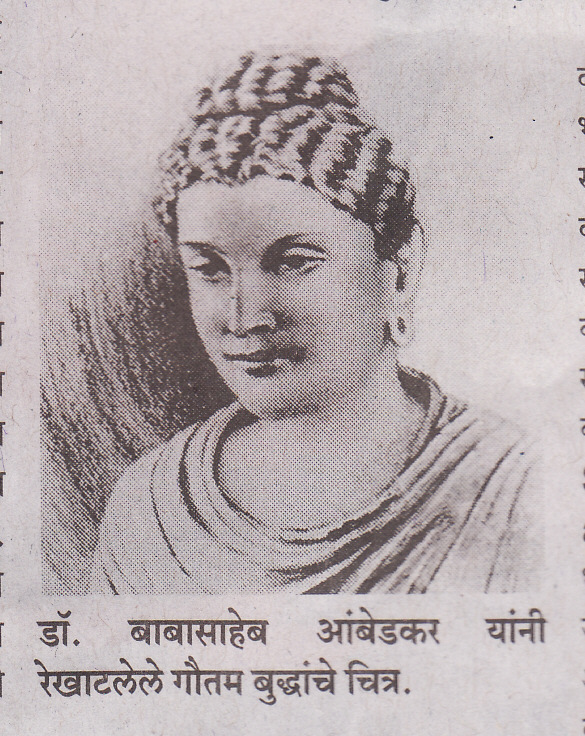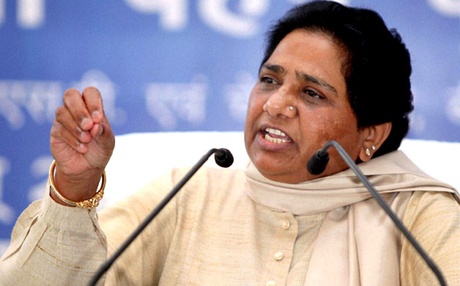(Excerpt from a recent article by Dr. Yashwant Manohar in the Marathi daily ‘Sakal’. Thanks, Gouri Patwardhan, for the translation– Round Table India)

Dr. Babasaheb Ambedkar had a special interest in painting. He loved seeing paintings and really wanted to be able to draw well. He learned to draw from B R Madilagekar. He bought many books to study painting. He used to lose himself completely while painting. It was after reading Churchill’s book ‘Painting as a pastime’ that he developed such passion in painting.
Dr. Babasaheb Ambedkar fought with all his energy with the thoughts, psychology, belief systems, arts and philosophy that sought to negate the possibility of the alternative to inequality. He termed all the arts including ‘painting’ and philosophies, ‘Charath‘ (moving, walking). He told artists to express for the creation of the ultimate human truth and beauty. In this context, he didn’t allow artists to pause. He said he wanted a walking Buddha. He himself painted Buddha with open eyes. It is crucial to keep eyes open to watch the cruel gangs torturing the world. Closed eyes are unable to see the destruction of human life caused by the attacks of grief. Sidhhartha read the world burning with grief with open eyes. The experiences of his eyes told his brains to become the philosophy of ending grief. The myth of open eyes became the story of the birth of philosophy. This is the project of connecting rivers of eyes and brain. Buddha with open eyes in Babasaheb’s painting is the central clause in the critique of knowledge. This sutra of logic (Tarkasutra) is Vidrohi.
Babasaheb, who says, ‘I want a walking Buddha’ connects Buddha with his own idea of ‘Sabbam anichacchya‘, or ‘Charath Bhikkhu‘ (the walking Bhikkhu). By painting Buddha with open eyes he connects Buddha himself with the essence of total vision, total knowledge. His painting, ‘The open eyed Buddha’ is as vidrohi as the twenty-two vows. It is as revolutionary as ‘Annihilation of Caste’. It is as explosive as ‘Riddles in Hinduism’. And it is as creative as his great contribution to the constitution of India. These open eyes of Buddha that Babasaheb has procreated alone are the beginning of the Ambedkarite art movement. Henceforth all Ambedkarite painters should paint their pictures through these open eyes. These open eyes have now become the Deeksha Bhoomi of inspiration for the Ambedkarite painters.










